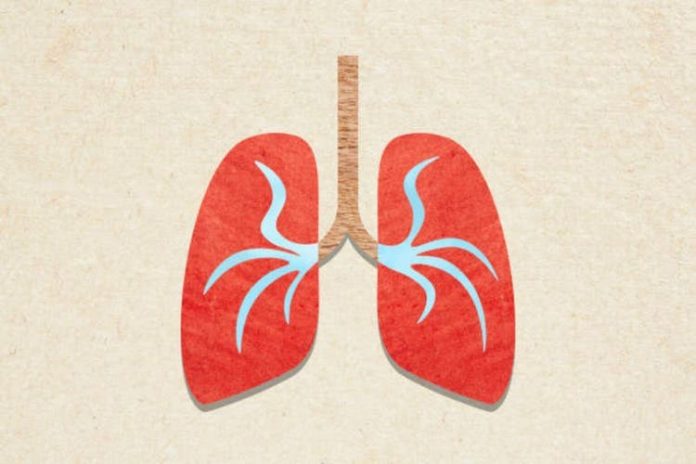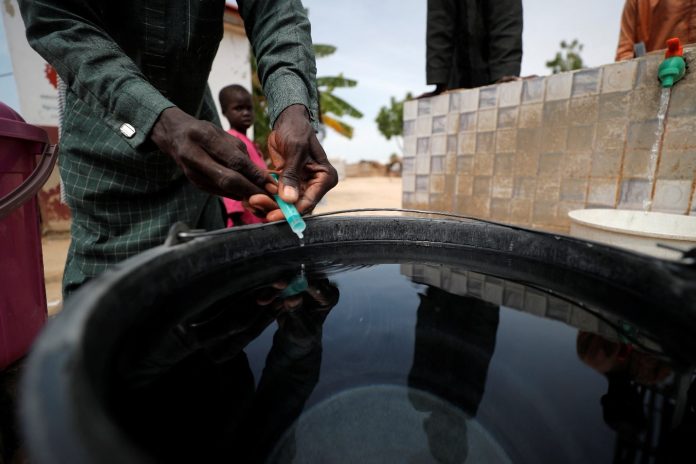Regeneron’s rare immune disorder therapy meets main goal of late-stage trial
Regeneron Pharmaceuticals (REGN.O), opens new tab said on Tuesday its experimental therapy significantly improved daily activities such as talking and eating in patients suffering from a rare immune disorder, meeting the main goal of a late-stage study.
The therapy, cemdisiran, was being tested in adults with generalized myasthenia gravis. The condition is caused by an abnormal immune reaction in which the body mistakenly attacks itself, weakening the skeletal muscles, especially those controlling the eyes, mouth, throat and limbs, leading to fatigue, difficulty swallowing and breathing.
Keep up with the latest medical breakthroughs and healthcare trends with the Reuters Health Rounds newsletter. Sign up here.
Designed as a monotherapy injection under the skin, cemdisiran works by inhibiting the activity of the C5 protein, which triggers the body’s immune response.
In the trial, patients receiving cemdisiran reduced C5 levels by 74% on average when adjusted for placebo, on a commonly used scale for measuring disease impact on daily activities after 24 weeks.
When combined with Regeneron’s approved drug, pozelimab, branded as Veopoz, the reduction was nearly 99%. Both treatments met the main goals of the study.
Cemdisiran alone showed slightly better results on measures specific to the condition including improvements in daily activities, Regeneron said.
There was no treatment discontinuation due to adverse events at 24 weeks, it said.
The currently approved treatments for generalized myasthenia gravis include Argenx SE’s (ARGX.BR), opens new tab Vyvgart Hytrulo, Johnson & Johnson’s (JNJ.N), opens new tab Imaavy and AstraZeneca’s (AZN.L), opens new tab Soliris.
Regeneron plans to submit a marketing application for the therapy to the U.S. Food and Drug Administration in the first quarter of 2026.
The company is also testing cemdisiran and pozelimab in separate late-stage trials for immune disorders, including a rare blood disorder paroxysmal nocturnal hemoglobinuria and vision loss from a condition called geographic atrophy.










